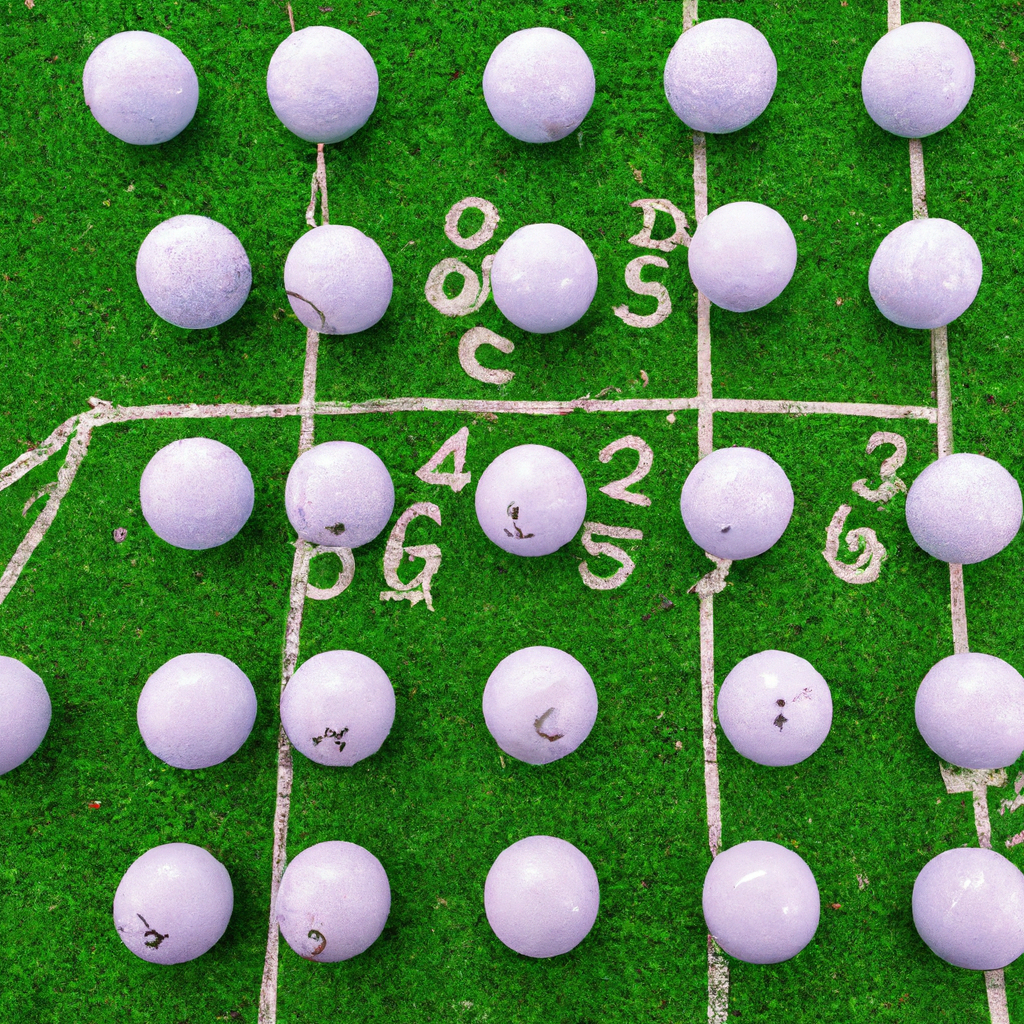We may earn money or products from the companies that may be mentioned in this post.
Are you a golf enthusiast or a beginner looking to get into the sport? If so, it’s important to understand the concept of tee times in golf. A tee time refers to the designated time slot at which a golfer or group of golfers is scheduled to start their round. It helps ensure a smooth flow of play on the golf course, allowing golfers to have their fair share of time and space to enjoy the game. In this article, we will explore the significance of tee times in golf and how they contribute to a well-organized and enjoyable golfing experience. So, whether you’re a seasoned golfer or just getting started, read on to gain a better understanding of tee times in golf.
Understanding Tee Times in Golf

What is a Tee Time in Golf
A Tee Time in golf refers to a specific reservation for a group or individual to begin their round of golf at a certain time. It is essentially a designated time slot that players book in advance to secure their spot on the course. The term “tee time” originates from the practice of golfers starting their round by teeing off from the tee box, which is the designated area where the first shot of each hole is played.
The Purpose of Tee Times
The primary purpose of implementing tee times in golf is to ensure a smooth and organized flow of play on the golf course. By scheduling players at specific intervals, tee times help to regulate the number of golfers on the course at any given time. This prevents overcrowding, reduces waiting times, and ensures that each group has enough time to complete their round without feeling rushed.
Tee times also allow golf courses to efficiently manage their resources, such as staff, carts, and maintenance. By staggering the start times, golf courses can better allocate these resources and provide a better experience for all players.
Scheduling and Booking
To secure a tee time, golfers can book in advance through various means. Many golf courses have online booking systems, where players can select their preferred date and time slot. Alternatively, golfers can also call the pro shop or visit in person to make a reservation.
It is important to note that popular tee times, such as mornings on weekends or holidays, tend to fill up quickly. Golfers who wish to secure their preferred tee time should plan ahead and book well in advance. Some golf courses also offer recurring tee times, allowing groups or individuals to reserve the same time slot on a regular basis.

Different Types of Tee Times
There are several types of tee times that golfers can choose from, depending on their preferences and needs. One common type is the individual tee time, where a golfer reserves a spot for themselves to play alone. This is ideal for those who enjoy solitude or prefer to practice on their own.
Group tee times, on the other hand, allow golfers to reserve a time slot for a specific number of players. This is great for friends, colleagues, or family members who wish to play together. Group tee times can range from a twosome (two players) to a larger group, such as a foursome or even a full shotgun start where multiple groups begin simultaneously on different holes.
Factors Affecting Tee Times
There are several factors that can influence tee times and impact the overall golfing experience. One of the most significant factors is the weather. Inclement weather conditions, such as heavy rain or thunderstorms, can lead to tee time delays or even cancellations for the safety of the players. Golfers should be mindful of the weather forecast and stay informed about any potential course closures or delays.
Other factors that can affect tee times include course maintenance, tournaments or events, and seasonal demand. Golf courses often have designated maintenance days or times for routine upkeep, which may restrict the availability of tee times. Additionally, tournaments or events may require blocking certain tee times for participants, causing limited availability for regular play. Lastly, high-demand seasons, such as summer or holidays, may result in limited tee time options due to higher player volume.
Etiquette and Rules
When it comes to tee times, it is essential to adhere to golf etiquette and rules to ensure a pleasant experience for everyone on the course. Arriving early is crucial to allow for check-in procedures and warm-up before teeing off. It is considered courteous to be ready to play at least 10-15 minutes before the scheduled tee time.
It is also important to respect the pace of play and maintain an appropriate speed throughout the round. If a group is playing faster, it is common courtesy to let them play through. On the other hand, if your group is causing delays, be considerate and allow faster players to pass.
Furthermore, canceling or modifying tee times should be done with proper notice to the golf course. This allows for adjustments in scheduling and gives other golfers the opportunity to book the available slot. It is courteous to inform the course as soon as possible if any changes to the tee time reservation need to be made.
Advantages and Disadvantages
Tee times offer several advantages for both golfers and golf courses. For golfers, having a tee time provides certainty and eliminates the risk of arriving at the course and finding no available spots. It allows players to plan their day accordingly and ensures a smooth start to their round. Additionally, tee times help golf courses manage their resources effectively, ensuring a well-organized and enjoyable experience for all players.
However, there can also be some disadvantages to tee times. For players who prefer spontaneous golfing, arranging tee times may feel restrictive. Additionally, the popularity of tee times can lead to crowded courses during peak hours, resulting in potential delays and slower pace of play. Moreover, unforeseen changes in weather or personal circumstances may disrupt or lead to the cancellation of tee times, causing inconvenience for players.
Managing Tee Time Delays
Despite the best efforts of golf courses to maintain a seamless flow, tee time delays can occur due to various reasons. Factors such as slow play, inclement weather, or unexpected events can disrupt the original schedule. In such situations, it is important to remain patient and understanding.
To manage tee time delays, golf courses usually communicate updates to players through public announcements, pro shop staff, or digital notifications. They may also provide alternative options, such as rescheduling or issuing rain checks, depending on the circumstances. Staying in touch with the course and following their guidelines will help players navigate any delays with minimal inconvenience.
Tee Time Tips and Strategies
To make the most out of your tee time experience, consider the following tips and strategies:
Plan ahead: Popular tee times fill up quickly, so make your reservations well in advance, especially for weekends or holidays.
Be punctual: Arrive early to the course to ensure a smooth check-in process and allow time for warming up before your tee time.
Familiarize yourself with the course: Take some time to study the layout of the course and any specific rules or regulations before your tee time. This will help you navigate the round more efficiently.
Be mindful of pace of play: Play at a reasonable pace and be aware of your position on the course. If your group is causing delays, allow faster players to play through.
Follow proper golf etiquette: Show respect to other players and the course by adhering to golf etiquette. Repair divots, rake bunkers, and maintain a good pace throughout the round.
Conclusion
Tee times in golf serve as a vital tool in managing the flow of play on the course. By providing structure and organization, tee times contribute to a more enjoyable and efficient golfing experience for both players and golf courses. Understanding the purpose of tee times, booking procedures, and adhering to etiquette and rules will ensure a seamless round of golf for all involved. So, next time you hit the links, remember to book your tee time and enjoy a great day of golf!
